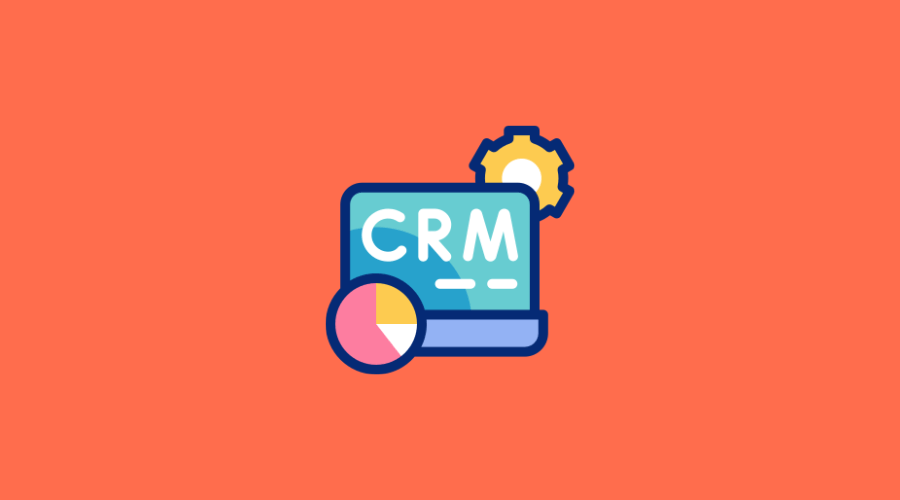How to Choose the Right CRM for Your Sales Team

Customer Relationship Management systems (CRMs) are a crucial tool for almost every business, which naturally means there are a lot of options out there to suit different business models and industries. When chosen well, a CRM can help you streamline sales processes, improve customer engagement, and significantly boost productivity, allowing you to handle far more customers with far fewer team members.
However, if the product you choose isn’t quite right for you, you’ll find yourself lacking features and trying to bend the CRM to fit workflows it’s not quite designed for. To skip the hassle, here are the key points to look out for when choosing a CRM.
The Key Steps to Choosing a CRM
Once integrated into your workflow, a CRM becomes the central hub for your sales team, bringing in data points from various different apps and platforms to inform every decision your team makes. It will help you with everything from tracking ongoing deals to drafting copy for cold emails.
The Instantly Co-Founder puts it like this: “Your best cold emails aren’t created in your inbox. They’re created in your CRM. The deeper your segmentation and sales data hygiene, the more precise, resonant, and pipeline-worthy your messaging becomes.”
This quote is referring to the power a well-set-up CRM can give you when it displays all the data points and information about a specific lead, allowing you to effortlessly craft an ultra-personalized and relevant email (or let the AI assistant craft it for you!).
To achieve this level of integration and data hygiene, here’s what you need to do.
1. Define Your Sales Goals and Needs
Whether you’re choosing a CRM for the first time or pivoting from an older platform, the first thing you need to do is assess your current processes and identify specific pain points or inefficiencies you want the new CRM to solve.
Think about the communication channels and platforms you already use and like, and specific apps you want to integrate with the new CRM rather than lose. Consider your team size and what kind of product you need — are you an enterprise customer, or a smaller team?
2. Identify Must-Have Features
Don’t expect every CRM to have the features you want, as not all business needs are the same, and some platforms are focused on specific industries. Instead, create a list of your must-have features to check as you browse options.
Common features include:
- Contact management
- Interaction tracking
- Email integration
- Document management
- Workflow automation
- Marketing campaign management
- Lead management
- Lead generation
- Reporting and analytics
- AI text generation and personalization
- SMS and calls integration
- Social media integrations
- Integrations with hundreds of other sales and marketing apps
3. Set a Budget and Research the Market
There are CRMs available for every budget, so assess your finances and define a budget that takes into account subscription fees, implementation costs, and potential training expenses.
You can use AI assistants to search the web and collate information on the most-used and most-mentioned CRMs. This will give you a list of popular options to start your research with.
Another strategy is to look at what similar businesses in your industry use and reach out to your professional network to gather insights and experiences.
4. Evaluate and Compare Your Short-Listed Options

Once you’re done researching, you’ll likely have a list of possible contenders that you want to look into further. At this point, you should reach out to each company to book a demo, schedule a consultation, or start a free trial.
Involve your sales team in this process, as they’ll be able to pinpoint useful features and problem areas pretty quickly. Use the checklist you made to see if the platform has everything you need.
5. Plan for Implementation and User Adoption
Liaise with the customer support team of your chosen CRM to find out more about their implementation process and any built-in training and onboarding courses they offer. You’ll only see the full benefits of your CRM once your team has mastered using it, so ease-of-use is a very important aspect to consider.
As you begin the rollout, develop a plan to measure success and track key metrics, so you can understand how the switchover is progressing.
Also Read: What is Sales Automation? – The Definitive Guide
Final Thoughts
As long as you define your needs beforehand and research the options thoroughly, you should be able to avoid any mishaps with your new CRM. While there might be a few hiccups as your team gets used to the new workflow, the analytics you collect will provide clear insight into how things are going overall.
